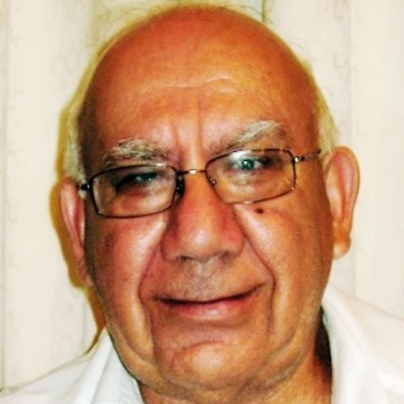
News

Just one week before the elections, and nothing is foolproof
AUBREY KATZEF
In the lead up to the 2015 election, pollsters were predicting a Zionist Union victory. They got it wrong, and so did the pollsters who forecast that Hilary Clinton would beat Donald Trump for presidency of the United States.
In the United Kingdom, pollsters predicted that voters would choose to remain in the European Union. In Israel, they are predicting that the Blue and White Party will win the largest number of seats.
The leaders of the Blue and White Party are still keeping a low profile. In the past week, Benny Gantz gave two interviews, and they were rated disappointing by the media.
He has now raked up the historically inaccurate accusation that Likud leader and Prime Minister Benjamin Netanyahu was responsible for the murder of the late Prime Minister Yitzhak Rabin, who was assassinated in November 1995 by a right-wing fanatic.
Having failed to attract the support of right-wing voters, he is going all out to attract voters from Labour and Meretz on the left.
To me, this is a sign of desperation. When the Blue and White Party was formed, it was predicted by the polls that it would get 37 seats in the Knesset. Now, the polls are predicting 30 to 31 seats. I don’t believe that it will achieve even this.
Once some of the Labour Party voters see that Gantz will not beat Netanyahu, they will remain loyal to their party, which has some very experienced Knesset members, albeit a weak leader.
Yair Lapid, another joint leader of Blue and White, sent out a tweet in which he confused the leaders of Hamas and Hezbollah. Although he deleted it and later tweeted a corrected version, the right-wing wasted no time in heaping scorn on him and his party. After all, with three former chiefs of staff, Lapid doesn’t know who the leader of Hamas is?
So, with Blue and White falling in the polls and Likud remaining more or less the same during the pre-election period, right-wing voters will be free to vote for their favourite party or leader of a party. Here are my predictions:
Right wing
Likud – 28 seats. Two less than it got in 2015. In 2015, some of the right-wing voters deserted Bayit Yehudi to ensure that Likud topped the polls. Now, their votes are needed to ensure that the smaller right-wing parties cross the 3.25% threshold to be able to enter the Knesset.
United Right Party – seven seats. When Naftali Bennett and Ayelet Shaked left to form the New Right, they took with them another MK, reducing the old Bayit Yehudi to five seats. But now, Otzma Yisrael, which ran under the name Yachad in 2015, will probably bring in 100 000 extra voters.
Yisrael Beiteinu – four seats. The polls are predicting that Avigdor Lieberman’s party will not cross the threshold, but it has always been the voice of the Russian immigrant community. With more than one million Russians in Israel, Lieberman must be able to muster the about 150 000 votes to cross the threshold.
Kulanu and Zehut – four each. Kulanu, which places itself in a centre-right position, will suffer from having to compete with other parties for the unaffiliated vote, and will drop from 10 seats won in the 2015 election. The polls are expecting Zehut, the party of former Likud MK Moshe Feiglin, to get six to seven seats. It will attract many from the centre-left with his promise to campaign for the decriminalisation of marijuana, but I don’t see him attracting many from the right or religious segments.
Religious parties
United Torah Judaism – seven seats. This Ashkenazi Haredi party did well in the local elections, and it might encourage more of their community to come out and vote.
Shas – six seats. The Sefardi religious party has a poor leader in Aryeh Deri. Realising that he can’t cross the threshold, his main opposition, Rabbi Eli Yishai, has withdrawn from the election. This might help Shas.
Centre
The Blue and White Party – 28 seats. A conglomeration of parties and policies, its leadership has not been inspiring, and it seems that it will have to settle for being the official opposition in the Knesset.
Left-wing
Labour – 10 seats. Most polls don’t give the party more than eight, which is better than the four it was expected to receive when the polls began. I believe that traditional labour members will vote for it.
Meretz – five seats. The same old die-hards will vote for it together with some dissatisfied labour voters.
Arab parties
A total of 11 seats between the two parties which get little attention in the media. Some polls predict that Hadash-Taal will get seven seats, and Raam-Balad four. Others predict that the latter won’t cross the threshold.
The blocks
The right wing 66, centre 28, left 15, Arab 11
This election is turning out to be the hardest to predict since l started doing so three elections ago. All of the above predictions may be thrown out because all the votes which go to parties that do not cross the threshold will be redistributed pro rata to the parties that do.
To quote Shakespeare’s Hamlet, “To be, or not to be: that is the question”. Will it be Netanyahu or Gantz? My bet is Netanyahu.




